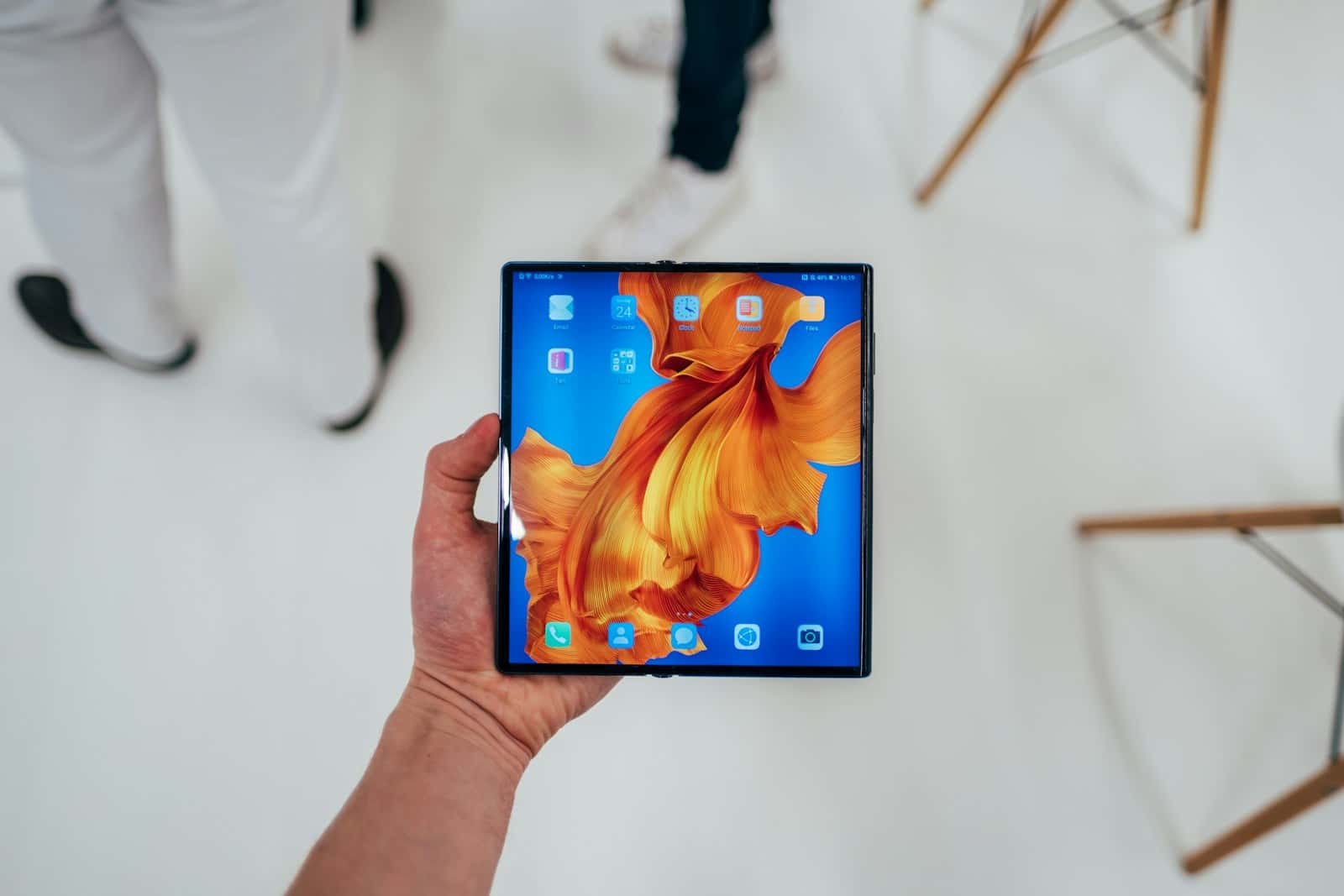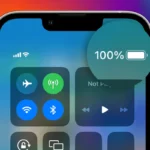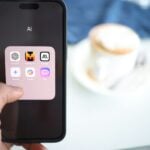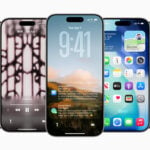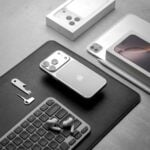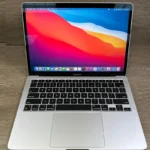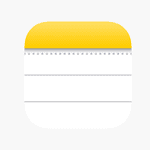Apple is ready to redefine the foldable smartphone category with its long-rumored foldable iPhone, now expected to launch in late 2026. According to multiple credible sources including Ming-Chi Kuo and Mark Gurman, the device will carry a premium price tag between $2,000 and $2,500, positioning it as Apple’s most expensive iPhone to date. This move reflects Apple’s belief that the foldable form factor is finally mature enough for its demanding ecosystem—and its discerning customer base.
While rivals like Samsung, Huawei, and Google have already established their footing in the foldable space, Apple has taken its time, likely to ensure durability, seamless integration with iOS, and a user experience that meets the company’s famously high standards. If Apple enters this space in 2026, it won’t just be catching up—it’ll be attempting to leap ahead.
Apple’s Foldable Future: A High-End iPhone Set to Reshape the Smartphone Market
Design Expectations: Seamless Fold and Premium Build
Reports suggest Apple’s first foldable iPhone will adopt a book-style design, similar to the Galaxy Z Fold series, with:
- A 7.8-inch inner display that unfolds to deliver a tablet-like experience
- A 5.5-inch outer display for use when the device is closed
- Focus on a crease-free inner screen, a common pain point for other foldables
In line with Apple’s premium hardware tradition, the foldable iPhone is expected to feature:
- Titanium alloy body for strength and lightness
- A precision-engineered hinge—possibly using liquid metal or a stainless steel-titanium hybrid—for longevity and smooth folding
- Thickness of around 9.5mm when folded and 4.8mm when unfolded, making it competitive in both tablet and smartphone modes
Biometric Advancements: Face ID Evolution
While some earlier reports suggested Apple might revert to Touch ID on the side button, recent developments in Face ID point toward a more ambitious route. The foldable iPhone may include:
- Under-display Face ID, eliminating the need for a notch or camera cutout
- A more immersive viewing experience on the inner screen
- Potential dual-biometric support (Face ID and Touch ID) depending on device orientation and use case
This would be a significant leap forward in terms of integrating secure authentication into a foldable display, which few Android manufacturers have mastered at this level.
Software & Ecosystem Integration: iOS Optimized for Folding
One area where Apple has the edge is its software ecosystem. Unlike Android OEMs that rely on third-party app developers to optimize for foldables, Apple controls both hardware and software. Expect features such as:
- Adaptive multitasking for the larger unfolded screen
- Seamless transitions between folded and unfolded states
- Tight integration with iCloud, Continuity, Handoff, and other Apple services
- Possible Apple Pencil support, turning the device into a mini-iPad for creative tasks
Apple is also likely to deliver foldable-optimized versions of its first-party apps like Safari, iMessage, Mail, and Notes.
Strategic Launch: Lining Up With iPhone 18 Pro
Reports indicate that Apple may stagger its 2026 iPhone lineup, launching the foldable iPhone and iPhone 18 Pro models in the fall, while reserving the base iPhone 18 and a potential “iPhone 16e” for spring 2027. This strategy:
- Allows the foldable to command the spotlight as the new flagship
- Helps Apple manage production and supply chains for more complex components
- Gives developers time to build foldable-optimized apps before a broader rollout
Market Positioning: Ultra-Premium Innovation
At a base price that could start at $2,099 and climb to $2,499, Apple is clearly targeting:
- Early adopters
- Professionals in creative and productivity fields
- Loyal Apple users looking for the most advanced iPhone experience
This is not a mainstream product—at least not yet. But it does plant Apple’s flag in the foldable space, signaling a long-term investment in the category and potentially setting the tone for the next decade of iPhone innovation.
Final Outlook: Apple’s Foldable Gamble Could Redefine the Market
The foldable iPhone isn’t just a new form factor—it represents a pivot point in Apple’s product strategy, where smartphones become more than pocketable rectangles. With innovations in display technology, hinge durability, biometric security, and seamless software integration, Apple seems poised to deliver not just another foldable, but the foldable.
If Apple gets it right—and all signs suggest they’re aiming high—this could be the iPhone X moment for the foldable era.

